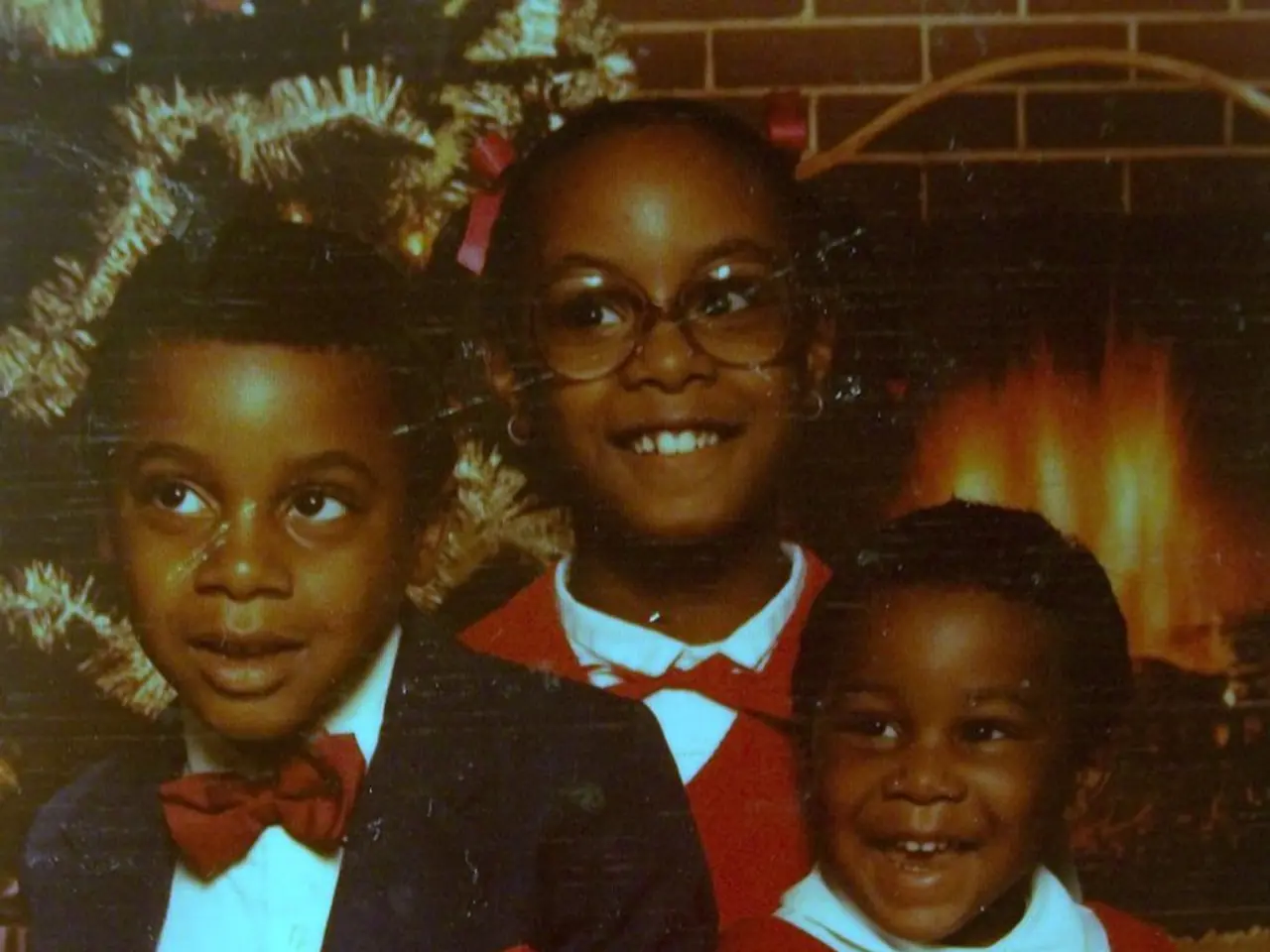Embrace the Spirit of Change: Takeaways from 'A Christmas Carol' on Enterprise and Personal Growth
In the heart of the Christmas season, Charles Dickens's A Christmas Carol continues to resonate, 173 years after its publication. Beyond the commonly discussed lessons of transformation, redemption, compassion, social justice, and family, the novella offers several additional insights that enrich its narrative.
The story unfolds around Ebenezer Scrooge, a penny-pinching and cruel man who undergoes a dramatic transformation on Christmas Day. The consequences of isolation and loneliness are highlighted as Scrooge's initial miserly and cold-hearted behavior leads to his social isolation and emptiness. The novella serves as a poignant reminder of the emotional damage caused by disconnecting from community and relationships, urging the importance of human connection.
Dickens also condemns excessive greed and the prioritization of wealth over kindness and generosity. Scrooge's initial obsession with money leads to moral decay and personal unhappiness. The novella suggests that wealth should be used responsibly, to help others and build communal bonds.
The Ghost of Christmas Yet to Come presents a stark vision of death and neglect awaiting Scrooge unless he changes. This serves as a reminder of life's fragility and the importance of living ethically in the present. The role of memory and self-reflection is also emphasized as Scrooge revisits his past and present, prompting deep self-reflection. This illustrates the power of memory and introspection as tools for personal growth and moral awakening.
Characters like Tiny Tim symbolize hope and the potential for positive change in society if compassion and social responsibility are embraced. Dickens implies that society’s ills can be addressed through collective kindness and care for the vulnerable. These insights deepen the novella’s message about the human capacity for change, the social responsibilities of the wealthy, and the profound need for empathy and connection in building a just and compassionate society.
Scrooge's transformation is due to ghostly intervention on Christmas Eve. His ex-fianceé, Belle, left him due to his money-obsessed and unkind behavior. Despite Mr. Fezziwig's initial generosity, his influence did not have a significant impact on Scrooge. One can find inspiration to be a better person in unexpected places, as demonstrated by Scrooge's nephew Fred and the kind and resilient nature of his employee Bob Crachit and his family.
The Ghosts of Christmas Past, Christmas Present, and Christmas Yet to Come each play a unique role in Scrooge's transformation. The ghost of Jacob Marley's chains symbolize the consequences of his selfishness and greed in life. Scrooge's eventual turnaround, however, comes at a cost: it would have been a long wait for Belle.
In conclusion, A Christmas Carol remains a rich moral and social critique, offering timeless lessons that resonate with readers today. Its characters, themes, and messages continue to inspire and challenge us to be better, to connect with others, and to strive for a more compassionate and just society. If something fails, it's OK to give oneself permission to grieve and move onto the next thing, just as Scrooge did on that fateful Christmas Eve.
[1] Dickens, C. (1843). A Christmas Carol. [2] Kautz, R. (2010). A Christmas Carol: A Study of the Novella. [3] McLean, I. (2016). Charles Dickens and the Spirit of Christmas.
- The story of Ebenezer Scrooge in 'A Christmas Carol' serves as a timeless example of the emotional damage caused by disconnecting from community and relationships, urging the importance of human connection, especially in the face of isolation and loneliness.
- Dickens' novella suggests that wealth, when used responsibly, can be a tool for building communal bonds and helping others, rather than being prioritized over kindness and generosity, leading to moral decay and personal unhappiness.
- In 'A Christmas Carol', the Ghost of Christmas Yet to Come presents a stark vision of death and neglect, reminding us of life's fragility and the importance of living ethically in the present.
- The role of memory and self-reflection is emphasized in 'A Christmas Carol', as Scrooge revisits his past and present, promoting deep self-reflection as tools for personal growth and moral awakening.
- Tiny Tim in 'A Christmas Carol' symbolizes hope and the potential for positive change in society, implying that collective kindness and care for the vulnerable can address societal ills and foster a just and compassionate society.
- Unexpected sources of inspiration to be better people can be found in 'A Christmas Carol', as demonstrated by Scrooge's nephew Fred and the kind and resilient nature of his employee Bob Crachit and his family. Additionally, Scrooge's transformation is due to ghostly intervention on Christmas Eve, and his eventual turnaround comes at a cost, as it would have been a long wait for Belle.





